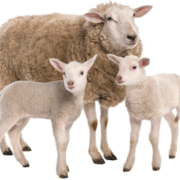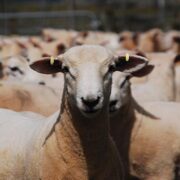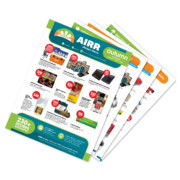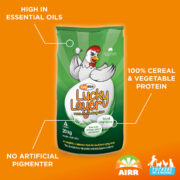PAIN FOR YOUR ANIMALS CAN ALSO MEAN PAIN FOR YOUR POCKET
Pain for calves and lambs – long associated with marking procedures – should be a thing of the past, as animal welfare continues to remain top of mind with regulators, producers and the public.























